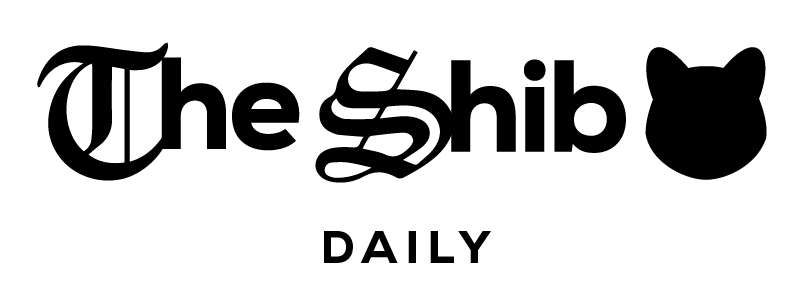Michael Saylor, the founder and chairman of business intelligence company MicroStrategy, has met with the U.S. Securities and Exchange Commission’s newly formed Crypto Task Force to explore regulatory reforms aimed at formalizing digital assets and shaping the future of the crypto market.
On February 21, Saylor and SEC officials met to explore regulatory approaches for digital assets. A SEC memorandum reveals that the discussion centered on approaches to addressing issues related to regulation.
Under the leadership of Acting Chair Mark Uyeda, the SEC’s task force aims to address the longstanding concerns and demands of the digital assets industry.
Both parties discussed establishing straightforward regulations so issuers, traders, and everyday users understand what is permitted. The task force stressed that the regulatory framework should encourage innovation rather than impede progress—a goal long sought by the crypto community.
During the session, Michael Saylor presented a series of documents that laid the groundwork for the discussions. A document, titled “Digital Assets Framework, Principles, and Opportunity for the United States,” detailed his vision for establishing a comprehensive regulatory structure for digital assets.
Related: Netflix to Release Comedy Starring Jennifer Garner About Lost $35M Crypto
Saylor’s framework divides digital assets into six distinct categories, ranging from digital commodities such as Bitcoin to digital securities linked to equity or debt, and digital currencies backed by fiat. The MicroStrategy founder emphasized that a clear taxonomy is essential for regulatory transparency and for spurring innovation within the sector.
Beyond establishing clear categories, Saylor stressed the need for a comprehensive framework that defines the rights and obligations of issuers, exchanges, and asset holders. He advocated for cutting regulatory red tape while ensuring transparency and accountability. The goal was to reduce issuance costs, streamline transactions, and favor industry-led disclosures over heavy-handed oversight.
Under this proposal, each digital asset would be accompanied by a standardized data sheet outlining its features, risks, and purpose. Exchanges might then compile and share this information as a free service, with cost management also noted as a key focus during the discussion.
Related: Terraform Co-Founder Do Kwon Sentenced to 15 Years Over $40B Collapse
Michael Saylor argued that enabling real-time digital asset issuance and fostering free-market competition could boost accessibility, lower costs, and spur market growth. He further argued that digital assets hold the potential to bolster the U.S. dollar, broaden capital market opportunities, and even help mitigate national debt by leveraging a Bitcoin reserve strategy.
“A capital markets renaissance fueled by digital assets will unlock trillions in wealth, empower millions of businesses, and solidify the US dollar as the foundation of the 21st-century digital financial system,” the document stated.












